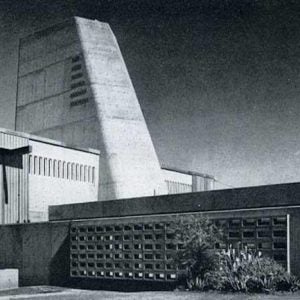The UK nuclear regulator has defended its decision not to prosecute licensee Magnox Electric for a 2007 leak in a water storage tank at the UK’s shut down Sizewell A nuclear power station. Had the leak continued to go unnoticed, some spent fuel might have been exposed to the air, risking a potential release of radioactivity. But the regulator argued that even then the fuel would have been sufficiently cooled.
It also contends that its regulatory method, a ‘direction’ was appropriate, and fixed the problem without having to go through the lengthy legal process required in a prosecution.
In addition, it has published a formerly classified briefing paper from January 2009 that gives a detailed overview of the Nuclear Installations Inspectorate’s structure and resources. The paper was released after a freedom of information act application.
The document complains that the inspectorate was understaffed at the time of writing, and also in the future, given the expected workload. Since the report was written, the situation has improved due to increased salaries, it said.
In another document, it admits that the number of HSE nuclear inspectors – 178 – is less than other countries with active nuclear programmes, but says that it does not need so many because it allows them free reign to assess hazards themselves.
It says that the NII had a slow start to the generic design assessment of Areva’s EPR and Westinghouse’s AP1000 reactors because of lack of resources, but now plans to complete the process for both reactors by June 2011.
It says that it is on track to reduce the total number of significant incidents to 117 by 31 March 2010. It said that the total number of 1767 incidents over seven years is not excessive, and a sign of an ‘open and full event-reporting regime.’
Related ArticlesEleven potential sites for new UK build Night falls on Sizewell A World survey part 4: Europe, Middle East and Africa Dungeness A gains consent to decommission RVA to assess liabilities at BE’s plants Dungeness: is it art?






